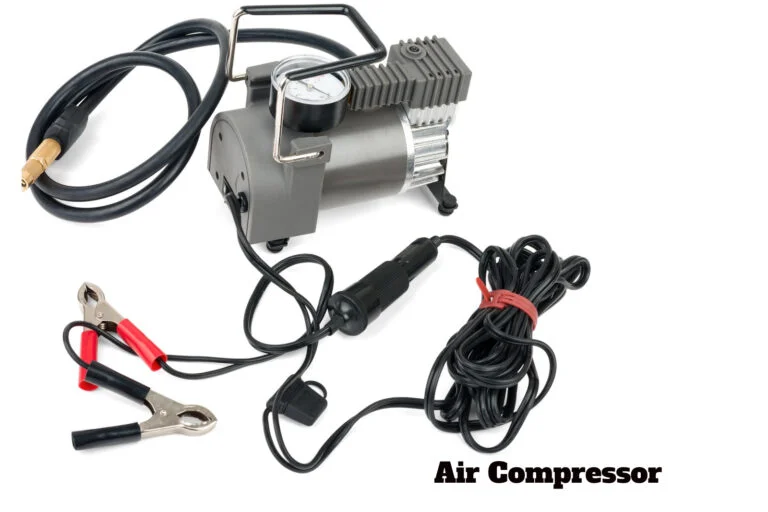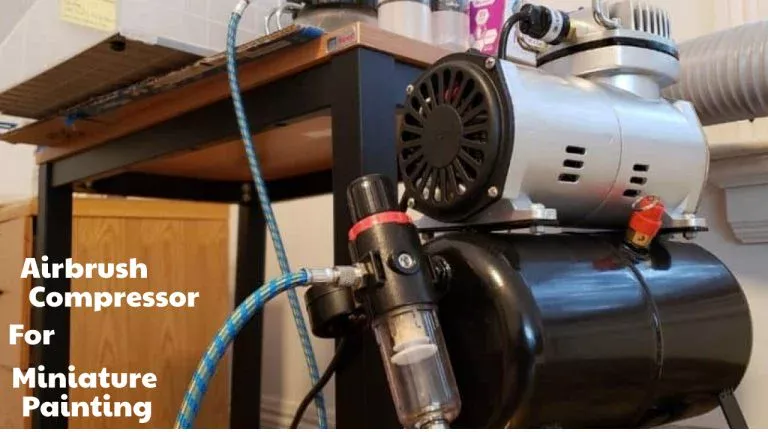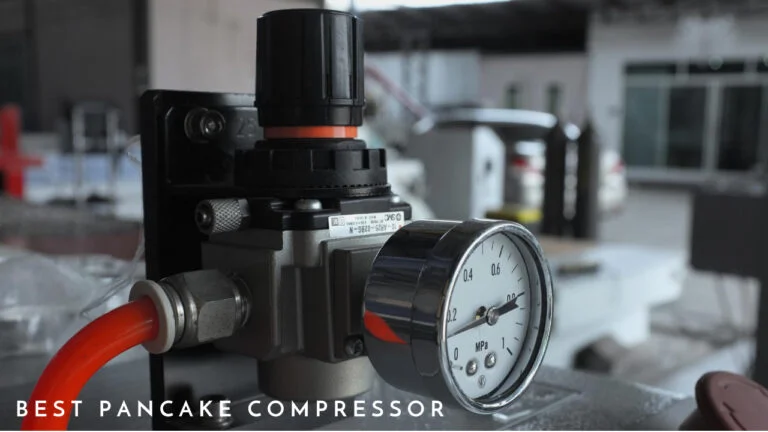Grip the Road: Choosing High-Performance Tires
Just as a marathon runner's success hinges on their footwear, a vehicle's performance is significantly influenced by its tires. This comprehensive guide demystifies the complex world of high-performance tires, empowering you to make informed decisions. We will delve into tire basics, interpret ratings, explore tread patterns, and discuss maintenance. By understanding these aspects, you'll not only optimize your vehicle's performance but also ensure a safer, more liberating driving experience.
Key Takeaways
- High-performance tires offer superior grip, handling, and speed capabilities compared to regular tires.
- Choosing the right high-performance tire is crucial for both performance and safety, considering factors such as road conditions, driving style, and vehicle specifications.
- Striking a balance between performance and safety is important when selecting high-performance tires, as prioritizing performance can compromise safety in adverse conditions.
- Factors to consider when buying high-performance tires include tire material and design, speed and load ratings, seasonality and temperature range, tread patterns, and proper tire sizing.
Understanding the Basics of High-Performance Tires
Before delving into the specifics of selecting high-performance tires, it is critical to comprehend a few fundamental aspects that differentiate these tires from regular ones. High-performance tires outpace their regular counterparts in terms of grip, handling, and speed capabilities. These tires are designed to work harmoniously with lightweight wheels, reducing unsprung weight and providing superior handling.
The tread patterns on high-performance tires are meticulously designed to enhance grip, especially in wet conditions, contributing to safer and more confident maneuvering. The rubber compounds used in these tires are typically softer, providing a greater contact area with the road, but they tend to wear out quicker than regular tires.
Wheel alignment plays a crucial role when using high-performance tires. Misalignment can lead to irregular tire wear and adversely affect handling characteristics. It is recommended to have the alignment checked and corrected if necessary when fitting new high-performance tires.
Importance of Choosing the Right High-Performance Tires
The selection of the correct high-performance tires is not a decision to be taken lightly, as it can profoundly impact both the performance and safety of your vehicle. It is imperative to understand the significance of tire type, balancing the need for enhanced performance with the necessity of maintaining safety. Moreover, making the right tire selection involves careful evaluation of several factors such as road conditions, driving style, and vehicle specifications.
Tire Type Importance
Understanding the significance of selecting the correct high-performance tires, one must consider several factors such as driving conditions, vehicle type, and personal driving style. For heavy-duty drag racing, slicks are the preferred tire type, providing maximum traction and performance due to their large, smooth contact patch. However, they require a well-tuned suspension geometry to ensure optimal handling and stability. Conversely, for a daily driver, a balanced tire that can handle various weather and road conditions is essential. The choice of tire type can significantly influence vehicle performance and safety. Therefore, it is vital to choose wisely based on your specific needs and vehicle specifications. Now, let's delve deeper into the balance between performance and safety in our next section.
Performance Vs. Safety
Why, in the context of high-performance tires, is it crucial to strike a balance between unparalleled performance and uncompromising safety, and how can the right tire selection significantly impact this equilibrium? The answer lies in the nuanced balance of design, materials, and technology. High-performance tires, designed with specialized tread patterns and rubber compounds, deliver improved road grip and handling, crucial in high-speed situations. However, prioritizing performance can compromise safety, particularly in adverse conditions. Tires providing excellent dry grip may falter in wet or icy conditions. Thus, the right high-performance tire selection should blend performance and safety, based on the driver's needs, driving conditions, and vehicle type. The right choice can significantly enhance both vehicular performance and safety, liberating drivers from fear and uncertainty.
Right Tire Selection
Both the safety and performance of your vehicle largely depend on selecting the right high-performance tires, and thus a correct decision can significantly enhance your driving experience. The right tires not only ensure optimal vehicle performance but also contribute to your safety on the road.
Choosing the right high-performance tires involves considering several critical factors:
- Tire Type: Depending on your vehicle and driving conditions, you might need summer, winter, or all-season tires.
- Tire Size: The size of the tire should be compatible with your vehicle. Incorrect sizing can lead to poor vehicle handling and reduced fuel efficiency.
- Tread Pattern: The tread pattern impacts the tire's grip on the road, affecting vehicle safety and performance.
Key Factors to Consider When Buying High-Performance Tires
When selecting high-performance tires, several critical factors should be considered to ensure optimal performance and safety. The tire's material and design, speed and load ratings, and suitability for specific weather and terrain conditions all significantly influence its capabilities. A comprehensive understanding of these elements will aid in making an informed choice, thereby maximizing the potential of your vehicle while maintaining paramount safety standards.
Tire Material and Design
Understanding the significance of tire material and design is fundamental in the selection of high-performance tires that offer optimal road grip and durability. The tire's composition and structure directly influence its performance attributes like traction, tread life, and fuel efficiency.
The type of material used in a tire's construction can either enhance or compromise its performance. The three major materials to consider are:
- Rubber compound: This impacts grip, wear, and rolling resistance. Softer compounds provide better grip but wear out faster.
- Steel belts: These offer stability and help the tire maintain its shape at high speeds, ensuring a consistent contact patch with the road.
- Nylon cap: This enhances high-speed durability and impact resistance, crucial for high-performance driving scenarios.
Speed and Load Ratings
A significant portion of your tire selection process should be devoted to understanding the speed and load ratings, as these are key factors that directly influence the performance and safety of your vehicle. High-performance tires are designed to handle higher speed ratings and more substantial load capacities, which are critical for aggressive driving or hauling.
The table below provides a quick reference to standard speed and load ratings:
| Speed Rating | Description |
|---|---|
| Z | Over 149 mph |
| W | Up to 168 mph |
| Y | Up to 186 mph |
| Load Rating | Load Capacity |
| 91 | 1356 lbs |
| 94 | 1477 lbs |
| 97 | 1609 lbs |
Understanding these ratings will liberate you from making uninformed decisions, leading to better performance and safety.
Weather and Terrain Suitability
Regularly evaluating the weather and terrain conditions you frequently encounter and correlating them with your tire selection is a crucial step in purchasing high-performance tires. Here are three key points to consider:
- Seasonality: Some tires are designed for specific seasons. Summer tires offer excellent grip and performance in wet and dry conditions but are not suitable for winter conditions.
- Temperature Range: Tires are engineered to perform optimally within certain temperature ranges. Ensure your choice aligns with your climate.
- Driving Surface: Consider whether you'll be driving on paved roads, gravel, or off-road trails. Each requires different tread patterns and construction.
Understanding these factors allows for an informed decision, liberating you from potential future issues or mishaps. Let's now transition into comparing different types of high-performance tires.
Comparing Different Types of High-Performance Tires
The driver's choice of high-performance tires can significantly affect the vehicle's grip, handling, and overall performance on the road. High-performance tires can be divided into several types, each with unique characteristics that cater to specific driving conditions and performance demands.
Summer performance tires, for instance, are designed to deliver maximum grip and sharp cornering on dry and wet roads. They're constructed with specialized tread patterns and rubber compounds that remain flexible in warm conditions, providing optimal traction. Conversely, they don't perform as well in cold or snowy conditions.
All-season performance tires, on the other hand, provide a balanced blend of wet and dry performance along with modest winter traction. These tires are engineered to provide year-round performance, making them a versatile choice for diverse weather and road conditions.
Lastly, competition tires are designed for track use and deliver the highest level of grip and handling, but they require careful management for heat cycles and wear. They're not recommended for regular street use due to their aggressive tread patterns and soft rubber compounds, which wear quickly.
How to Find the Perfect Fit: Tire Sizes and Your Vehicle
Understanding tire sizes is critical to ensuring the perfect fit for your vehicle, as improper sizing can negatively impact performance and safety. Tire dimensions are specified by a series of numbers and letters printed on the tire sidewall. The first number refers to the tire width in millimeters, the second to the aspect ratio, and the third to the wheel diameter in inches.
To find the perfect fit, consider the following three factors:
- Vehicle Specifications: Always consult your vehicle's manual or manufacturer recommendations first. They've engineered your vehicle for optimal performance with specific tire sizes.
- Driving Conditions: Consider the typical environments and weather in which you will be driving. Different tire sizes may perform better in certain conditions.
- Driving Style: Your driving habits can influence the ideal tire size. For example, larger, wider tires might be suitable for aggressive, high-speed driving, while smaller tires could be more fuel-efficient for regular commuting.
Interpreting Tire Ratings and What They Mean for Performance
With a focus on the technical details of high-performance tires, interpreting tire ratings and their bearings on performance, whether on a smooth highway or on uneven terrains, becomes an essential skill for discerning drivers and vehicle enthusiasts alike. The tire ratings are usually a blend of numbers and letters, each of which provides crucial information on the tire's capabilities.
Consider the following table for a clearer understanding:
| Rating Aspect | Description |
|---|---|
| Load Index | Indicates the maximum load that the tire can support when properly inflated. Higher numbers indicate higher load capacity. |
| Speed Rating | Denotes the maximum speed at which the tire can carry a load corresponding to its Load Index. It's usually denoted by a letter. |
| Traction Rating | This rating gauges the tire's ability to stop on wet pavement. It's graded from AA (highest) to C (lowest). |
Analyzing these ratings helps in choosing tires that provide not only superior performance but also optimal safety. It's a liberating and empowering process, giving control to the drivers to customize their driving experience. In our quest for high-performance tires, the next section will dive into 'the role of tread patterns in high-performance tires'.
The Role of Tread Patterns in High-Performance Tires
How significantly do tread patterns contribute to the performance and functionality of high-performance tires? This question merits a great deal of attention. Tread patterns are more than just aesthetic design elements; they play a pivotal role in affecting the tire's grip, handling, and braking capabilities, especially in high-performance applications.
- Grip and Traction: Tread designs are engineered to enhance tire grip on various road conditions. For instance, directional tread patterns, with their V-shaped grooves, are excellent at dispersing water and resist hydroplaning, making them ideal for wet road conditions.
- Handling and Stability: Asymmetrical tread patterns, on the other hand, are specifically designed for high-performance vehicles. They provide superior handling and stability during high-speed cornering. This pattern combines the benefits of both directional and symmetrical patterns, offering excellent dry and wet performance.
- Braking Efficiency: Tread patterns also have a direct impact on a tire's braking efficiency. A high-performance tire with an aggressive tread pattern can deliver shorter braking distances, especially on dry roads.
Maintenance Tips for Your High-Performance Tires
While it is crucial to select the right high-performance tires, maintaining them properly is equally important to ensure their optimal performance and longevity. Regular maintenance not only prolongs the life of your tires but also enhances safety and fuel efficiency.
One of the primary maintenance measures is tire pressure monitoring. Correct tire pressure ensures uniform tread wear, thus maintaining the tire's gripping capabilities. Additionally, tire rotation is essential. This process involves swapping the front and back tires to even out the wear, enhancing traction and control.
| Maintenance Tips | Description |
|---|---|
| Tire Pressure Monitoring | Regular check-ups of tire pressure for uniform tread wear. |
| Tire Rotation | Swapping front and back tires to even out wear. |
| Regular Tire Inspection | Checking for signs of damage or unusual wear patterns. |
Lastly, regular tire inspections are crucial to identify signs of damage or unusual wear patterns. Early detection of such issues can prevent serious accidents and costly repairs.
When to Replace Your High-Performance Tires
Knowing when to replace one's high-performance tires is a vital aspect of vehicle maintenance, ensuring both safety and optimal performance. The lifespan of a tire is influenced by numerous factors such as driving habits, road conditions, and tire care practices. However, there are certain unmistakable signs that your tires require replacement.
- Tread Wear: The most common indicator is tread wear. In most regions, the legal tread depth is 2/32 of an inch. A simple 'penny test' can help determine this: insert a penny into the tire's tread with Lincoln's head upside down. If you can see all of Lincoln's head, it's time to replace your tires.
- Age: Regardless of tread condition, tires generally need replacement after six years. This is because rubber deteriorates over time, compromising the tire's performance and safety.
- Damage: Regularly inspect your tires for damage. Look for cracks, bulges, or objects lodged in the tire. Any of these issues can lead to catastrophic tire failure.
Knowledge is liberation, and understanding when to replace your high-performance tires liberates you from the risks of tire failure, offering a safe and exhilarating driving experience.
Frequently Asked Questions
Are There Any Specific Brands of High-Performance Tires That Are Recommended for Certain Types of Cars?
Yes, specific brands are recommended for certain car types. For instance, Michelin Pilot Sport tires are suitable for sports cars, while Goodyear Assurance is ideal for sedans and light trucks due to their durability and performance.
How Do Weather Conditions Affect the Performance of High-Performance Tires?
Weather conditions significantly affect high-performance tire functionality. Dry, wet, or snowy conditions demand different tire attributes. Optimal performance necessitates selecting tires specifically designed to handle anticipated weather conditions, ensuring safety and efficiency on the road.
Can I Mix High-Performance Tires With Regular Tires on My Vehicle?
Mixing high-performance tires with regular ones on your vehicle isn't recommended. Discrepancies in handling, grip, and wear rates can cause unpredictable driving behavior and compromise safety. All tires should match for optimal performance.
Do High-Performance Tires Impact Fuel Efficiency?
High-performance tires can indeed impact fuel efficiency. Their design emphasizes grip and handling, which can lead to increased rolling resistance, potentially resulting in a slight decrease in your vehicle's overall fuel efficiency.
What Safety Features Are Typically Included in High-Performance Tires?
High-performance tires typically feature enhanced grip for improved handling, deeper tread patterns for better water evacuation, and stiffer sidewalls for greater stability. These features contribute to increased safety during high-speed driving or in challenging conditions.
Conclusion
In conclusion, selecting the right high-performance tires is a crucial decision that affects vehicle performance, safety, and driving experience. By understanding tire basics, considering key factors, interpreting ratings, and maintaining tires properly, one can optimize their car's performance. It is interesting to note that, according to the National Highway Traffic Safety Administration, properly inflated high-performance tires can improve fuel efficiency by up to 3.3%. Thus, a well-informed tire choice is not only performance-driven but also economically beneficial.







